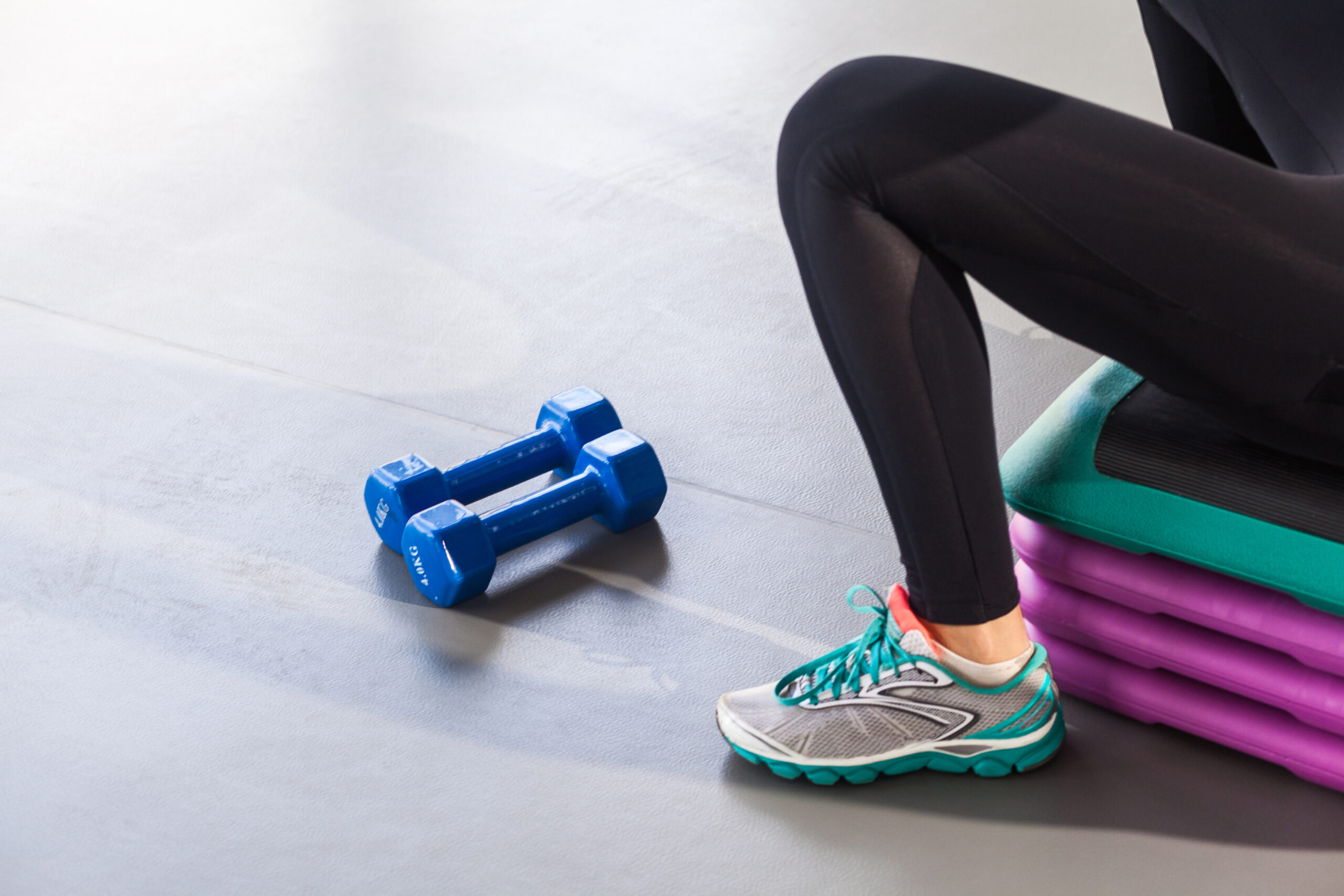
Whether you’re on a tight budget or have some wiggle room in your spending plan, remodeling your bathroom is a big decision. Choosing materials that are easy to care for and will stand the test of time is crucial when planning a renovation. Because of these differences, it’s important to understand the options. If you’re ready to begin remodeling your bathroom and want some help choosing flooring materials or if you just need inspiration for new designs, check out these top picks!

While sheet vinyl may be old-fashioned, it’s actually a very practical choice for the bathroom (and other rooms in your house). For small bathrooms or entry-level homes, this could be a great option that will provide years of service with proper care. The only drawback is that when it’s time to replace your flooring again, there may not be any matching colors available in sheet vinyl (as opposed to other materials). Sheet vinyl can be prone to tearing if it is not installed correctly or is subjected to too much pressure from sharp objects like chairs without rubber feet. If water gets in under the flooring, you could have problems down the line. Sheet vinyl flooring is one of the least-expensive options for covering large areas with a durable, waterproof surface. However, this aesthetic benefit comes at the cost of being difficult to install correctly and becoming damaged much more easily than tile or stone floors. Peel-and-stick vinyl tiles are generally made to be used as temporary solutions, and even under ideal conditions rarely last more than a few months.
It’s been a favorite of homeowners and remodelers for decades: click-together laminate flooring, which is easy to install and looks nearly identical to real wood. Laminate floors that are well constructed should last a lifetime. However, certain types of laminate flooring can be difficult for people who use walkers or other mobility devices in their homes. If the material is too slick, with no texture or pattern and not designed for wet spaces, it will buckle along the seams and fail in a matter of days. If you’re looking for a low-maintenance solution and don’t mind replacing your floor every few years, laminate is an excellent choice.


Luxury vinyl plank flooring (LVP), sometimes called luxury vinyl flooring, is a relatively new type of sheet product made completely or partially out of synthetic materials. Vinyl plank flooring is similar to laminate, but it’s easier for a do-it-yourselfer. It lasts around 10 years in bathrooms and other high traffic areas but can get damaged more easily than tile. In addition, because vinyl plank flooring is so resistant to water damage, it may not be immediately evident if a leak occurs. Vinyl plank flooring can be a good choice for your bathroom, as long as you’re willing to treat it with the same care that any other hard surface requires.
If you have a high budget and love beautiful things, ceramic or porcelain tiles are excellent choices for your bathroom. Available in many colors, designs and styles; tile can even be used as accent pieces like mosaics or special designs. Tile flooring is intended to be long lasting, so it’s best to hire a professional. Tile can be slippery when wet and cold in winter, but may also offer some resale value down the road. Tile floors can be very expensive, and when you’re looking at a floor that you don’t like for some reason or other, it becomes an extremely difficult task to remove and replace. Tile is an excellent choice for a home where you plan to stay, but it does require more maintenance in the form of periodic grout cleaning and sealing than wood flooring. A neutral flooring pattern can be a dependable design choice throughout your lifetime, as long as you maintain it well. If the thought of cold floors bothers you, however, radiant heating panels can be installed directly beneath yours in order to combat this problem.

Concrete is a popular choice for bathroom floors that are located on the main level of homes built with slab foundations, or in basements. Concrete flooring, which once was stained only gray or beige to blend in with mechanical equipment and warehouses, can now be dyed almost any color. In addition, if you know your floor is going to be concrete, installing a drain in the middle of the room beforehand allows for easy cleanup with water hoses as needed. But, it is important to keep in mind that if you build your home with concrete as a foundation (like most houses are), the finish on those floors will not be “slick” or polished like some people prefer for bathrooms and kitchens. Although concrete is durable and versatile, it requires special attention during certain stages of construction. After you’ve finished building your home but before finishing the landscaping, for instance, some portion of this material must be removed to allow plants to grow more easily through the cracks. Further complicating matters are chemicals that can etch concrete surfaces—giving rise once again to repair jobs when they’re not properly applied or maintained by homeowners. Concrete flooring can be a good choice for homes where other options seem unnecessary, or in places that must withstand heavy traffic. Because you will need to polish some finishes now and again, it’s best not to choose a finish that gets sticky or gummy over time.